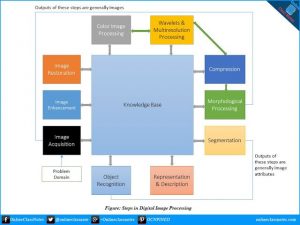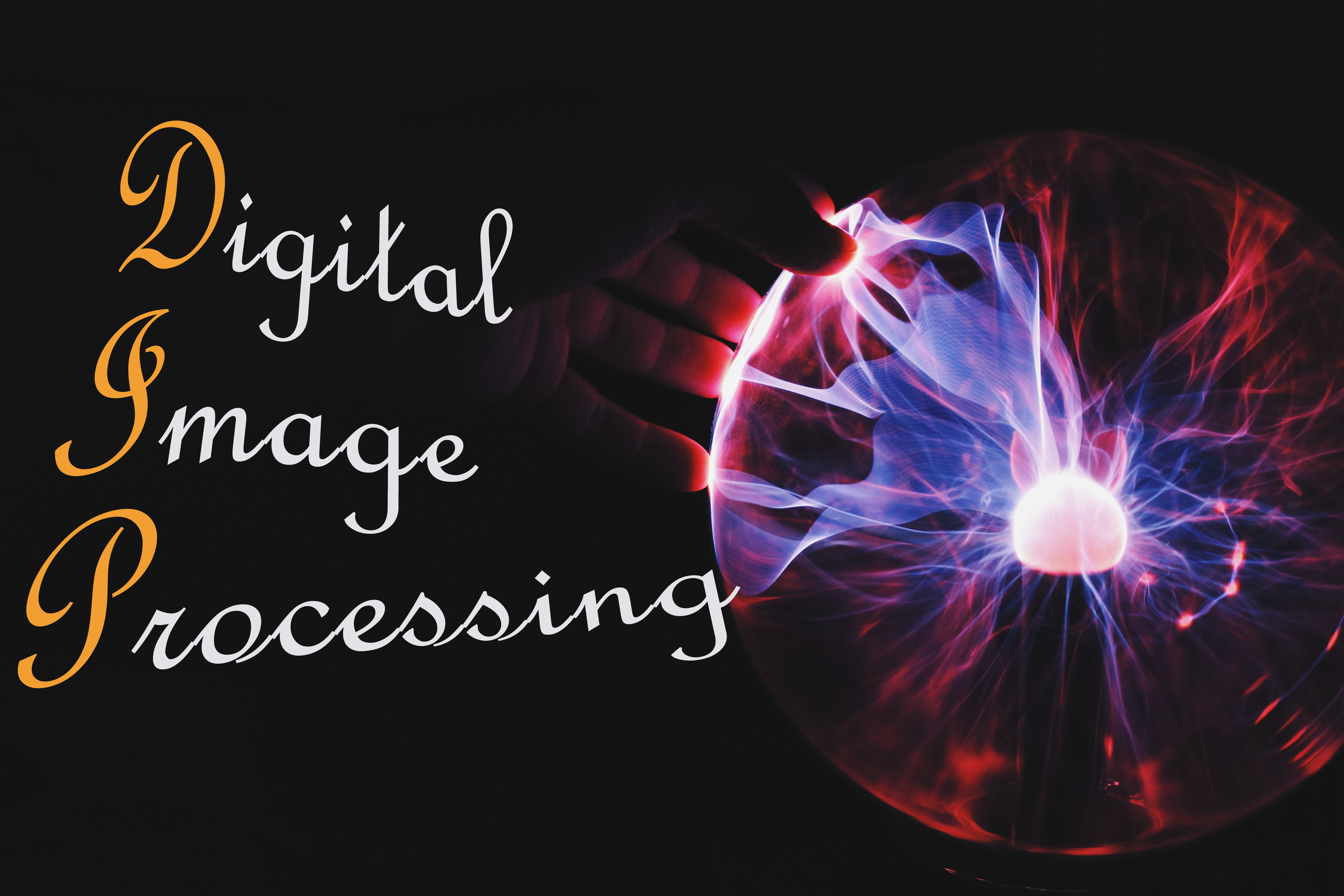Digital Image Processing – Definition
A Discipline in which both the input and output of a process are images. In other words, DIP is a method to convert an image into digital form and perform some operations on it, in order to get an enhanced image or to extract some useful information from it.
What is an Image?
An image may be defined as a two-dimensional function, f(x, y), where x and y are spatial (plane) coordinates, and the amplitude of f at any pair of coordinates (x,y) is called the intensity or grey level of the image at that point.
Digital Image is composed of a finite number of elements, each of which elements have a particular value at a particular location. These elements are referred to as picture elements, image elements, and pixels. A Pixel is most widely used to denote the elements of a Digital Image.
Why Digital Image Processing?
Interest in digital image processing methods stems from two principal application areas.
-
-
-
-
- Improvement of pictorial information for human interpretation.
- Processing of image data for storage, transmission, and representation for autonomous machine perception.
-
-
-
Fundamental Steps in Digital Image Processing (DIP)

Image Acquisition
Image acquisition is the first process. Generally, the image acquisition stage involves preprocessing, such as scaling.

Image Enhancement
Image enhancement is the process of manipulating an image so that the result is more suitable than the original for a specific application. There is no general “theory” of image enhancement. When an image is processed for visual interpretation, the viewer is the ultimate judge of how well a particular method works.


Image Restoration
Image Restoration is an area that also deals with improving the appearance of an image. However, unlike enhancement, which is subjective, image restoration is objective, in the sense that restoration techniques tend to be based on mathematical or probabilistic models of image degradation.


Colour Image Processing
Colour image processing is an area that has been gaining importance because of the significant increase in the use of digital images over the Internet. It deals with pseudocolour and full-colour image processing models that are applicable to digital image processing.

Wavelets and Multiresolution Processing

It is the foundation of representing images in various degrees.
Compression

Image Compression, as the name implies, deals with techniques for reducing the storage required to save an image, or the bandwidth required to transmit it. This is true particularly in the uses of the Internet.
Morphological Processing

This deals with tools for extracting image components that are useful in the representation and description of shape.
Segmentation

Segmentation, procedures partition an image into its constituent parts or objects. In general, the more accurate the segmentation, the more likely recognition is to succeed.
Representation and Description

It follows the output of the segmentation stage, choosing a representation is only the part of the solution for transforming raw data into processed data.
Object Recognition

is the process that assigns a label (e.g., “vehicle”) to an object based on its descriptors. Digital image processing with the development of methods for the recognition of individual objects.
Fields that use Digital Image Processing
Today, there is almost no area of technical endeavour that is not impacted in some way by digital image processing.

- Gamma-Ray Imaging
- X-Ray Imaging
- Imaging in the Ultraviolet Band
- Imaging in the Visible and Infrared Bands
- Imaging in the Microwave Band
- Imaging in the Radio Band
Applications and Research Topics
- Document Handling
- Signature Verification
- Biometrics
- Object Recognition
- Autonomous Vehicles – ( Land, Underwater & Space)
- Traffic Monitoring
- Medical Applications – (Skin Cancer, Breast Cancer)
- Morphing

